Reviews, Previews, News, & Rants
RnR Tactical
Reports
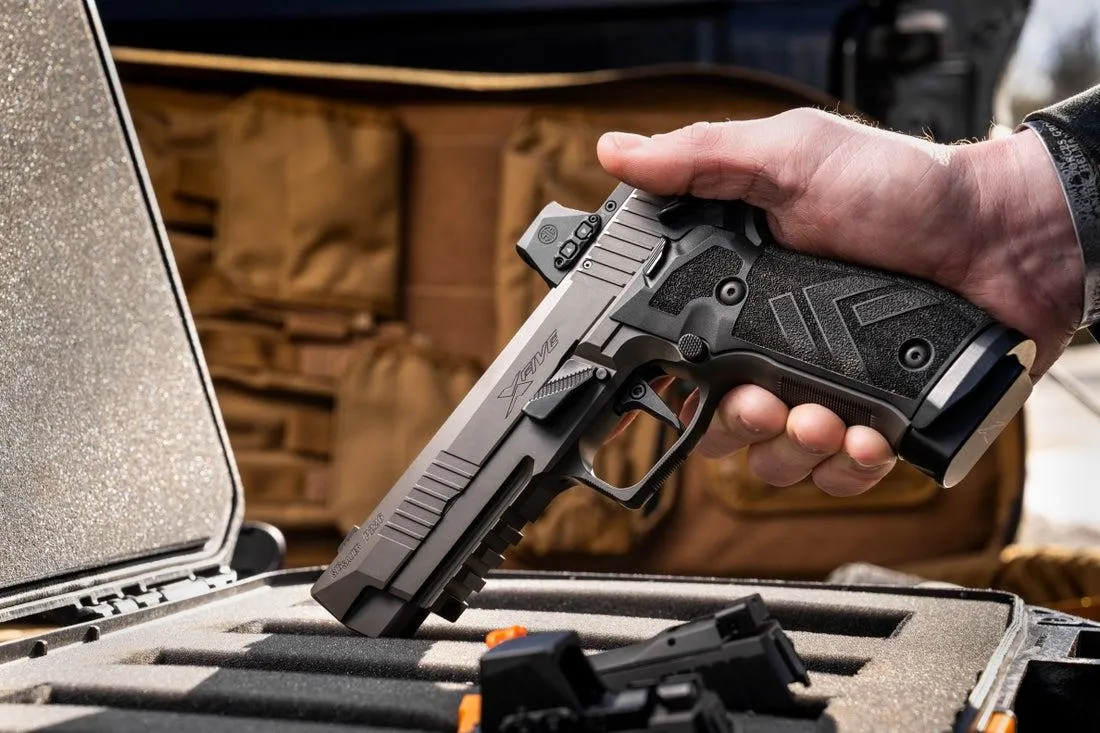
Training Day: Safety vs No Safety
Training Day-
Safety vs. No Safety
Choosing the Right Handgun for You
One of the most common debates among handgun buyers—especially those new to
concealed carry—is whether to choose a pistol with a manual safety. It’s a valid
question, and opinions tend to fall into two main camps: those who advocate for a
manual safety and those who prefer to carry without one. Both perspectives have
merit, and the right choice ultimately depends on the individual user.
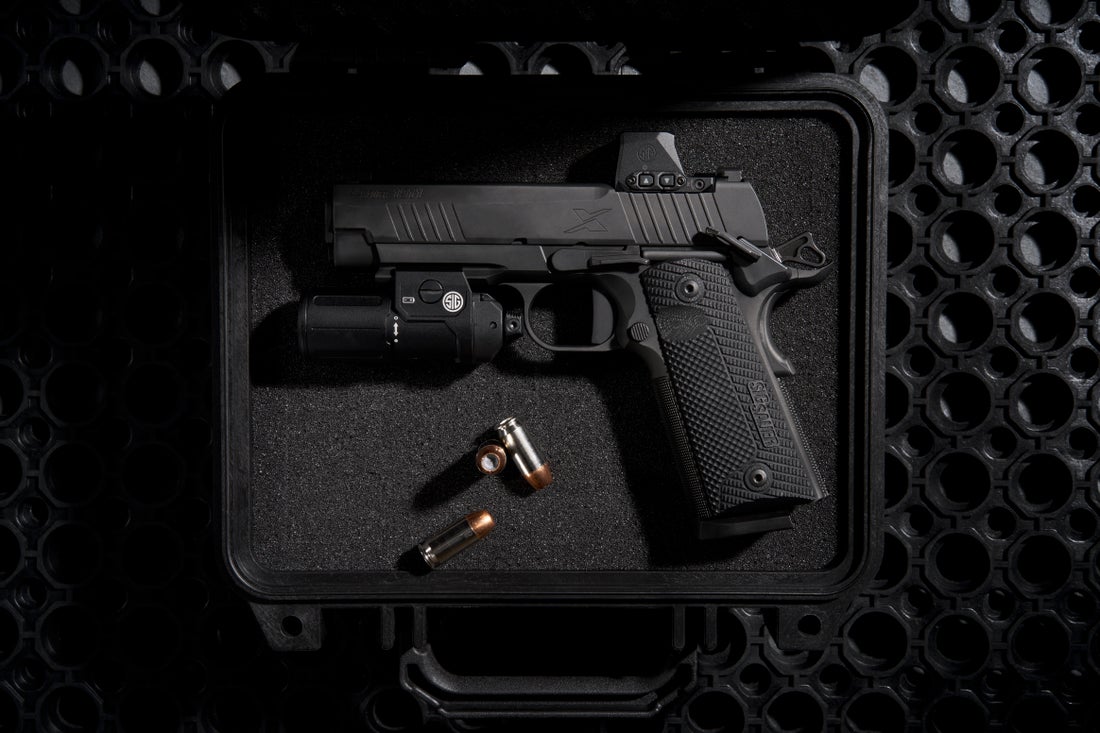
Sig Sauer 1911x with it's "lemon squeezer" palm safety and it's frame safety.
The Case for Manual Safeties
Supporters of manual safeties argue that they add an important layer of security,
particularly when holstering or unholstering a firearm. Modern striker-fired pistols
often have lighter, shorter trigger pulls compared to the heavier double-action
triggers of traditional revolvers. Because of this, some shooters feel more
comfortable knowing there’s an additional mechanism in place to prevent an
accidental discharge.
For those who are new to carrying or may not train as frequently, the added
security of a manual safety can offer peace of mind. It acts as a barrier against
unintentional trigger engagement during moments of inattention or during physical
activity.
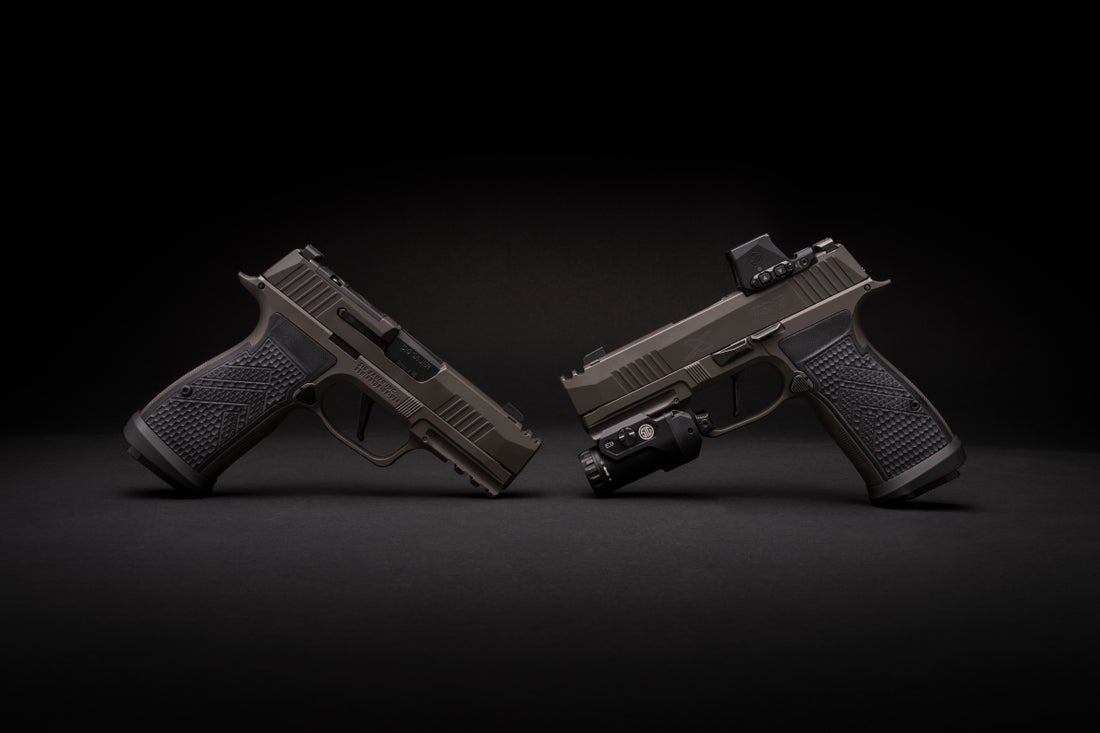
Sig Sauer P365 X-Macro's are easily the most popular handguns of the last five years and rarely do they ever come with safeties.
The Argument Against Manual Safeties
On the flip side, many experienced shooters prefer handguns without manual
safeties. The reasoning is simple: under extreme stress—such as a self-defense
situation—fine motor skills can deteriorate due to adrenaline. In these high-stakes
moments, disengaging a safety could be easily forgotten or fumbled, potentially
costing precious seconds.
Advocates of this perspective stress the importance of simplicity and muscle
memory in defensive shooting. They argue that fewer mechanical steps between
drawing and firing can reduce the chance of user error when it matters most.
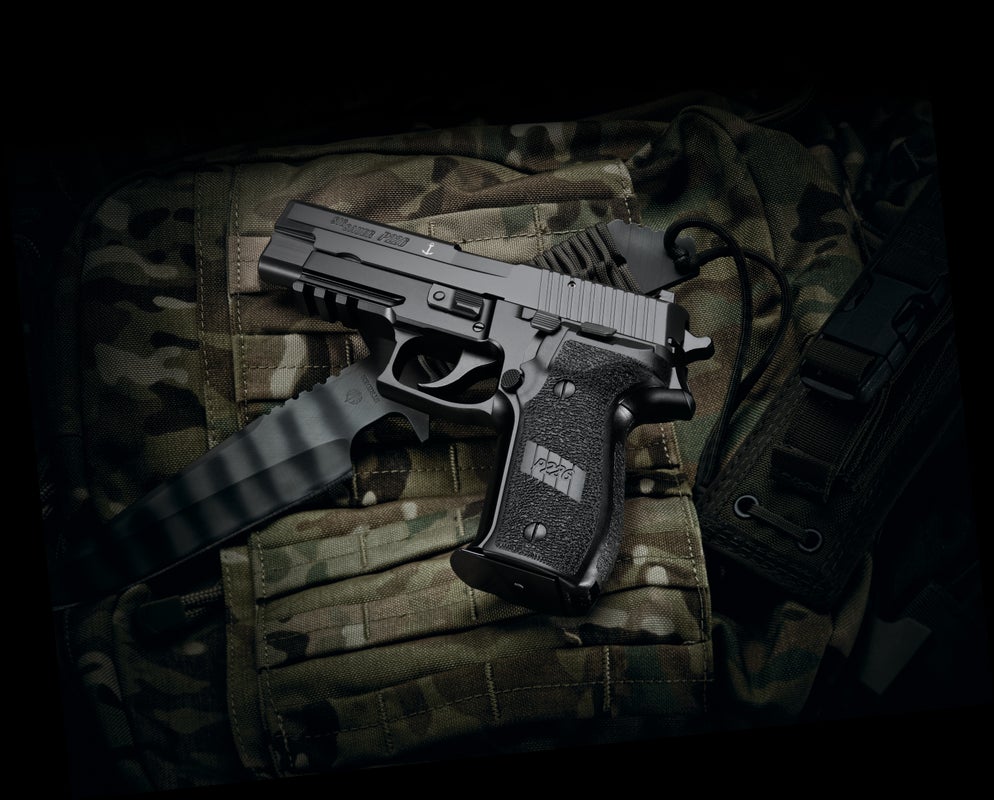
Sig Sauer P226 above with no safety, with single action / double action, you get a long first trigger pull then shorter trigger pulls with follow up shots.
The Real Answer: It Depends on You
Ultimately, the decision comes down to the individual. There’s no one-size-fits-all
solution when it comes to selecting a firearm. Ask yourself some important
questions:
• Am I experienced with handguns?
• Do I train regularly?
• Am I familiar with the features of the firearm I’m considering?
• How do I perform under pressure?
These questions can help determine whether a manual safety is a benefit or a
potential hindrance in your specific situation. A handgun should be an extension of
the person carrying it—confidence, comfort, and competence are far more
important than any one feature.
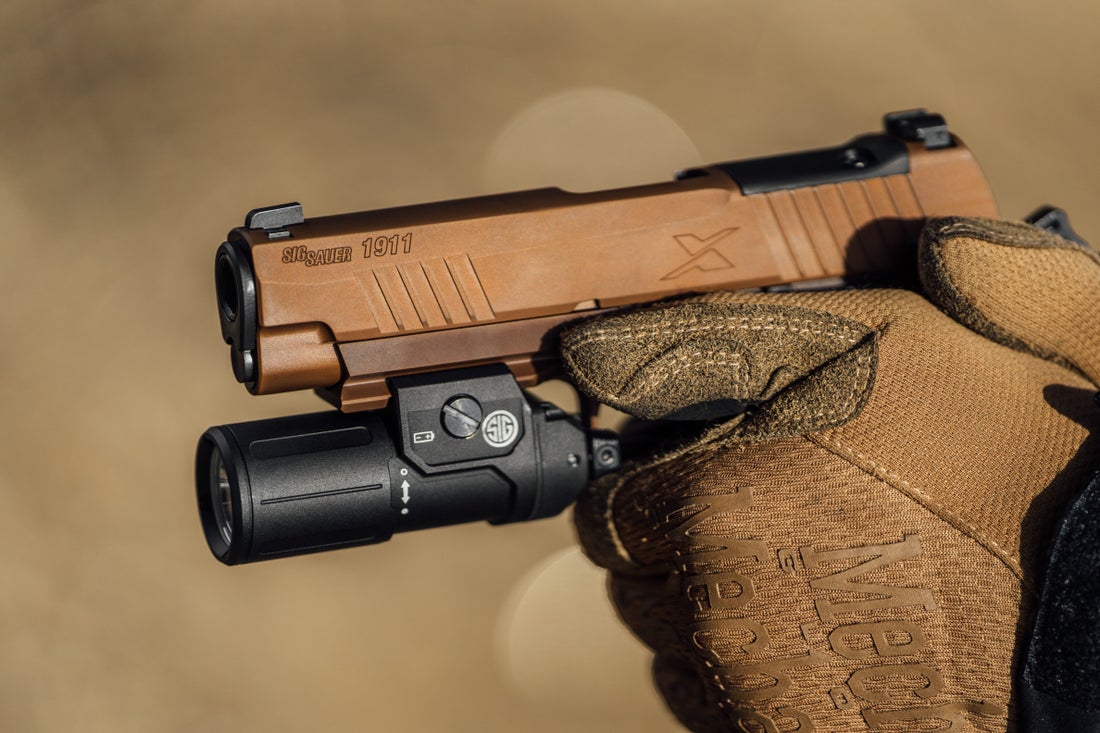
I know I keep harping on the Sig's 1911x, but I think it's neat.
Final Thoughts
At the end of the day, the best handgun for you is the one that fits your skill level,
training habits, and comfort. Be honest with yourself about your capabilities and
choose a firearm that complements—not complicates—your ability to use it
effectively. Whether it has a manual safety or not, the most important factor is your
familiarity and confidence with the platform. With proper training and a clear
understanding of your needs, you’ll be better equipped to select a firearm that
keeps you safe in both everyday life and moments of crisis.
Thank you for taking the time to read this blog, this is our first instalment of our new series, Training Day, where we talk about some of the questions we get asked from new and old shooters alike. We go through the thought process of how we come to certain conclusions so you can make an informed decision about what you like and dislike about any given subject we cover. Thank you again for taking the time to read this and we hope to see you again soon. Take care.
About Us


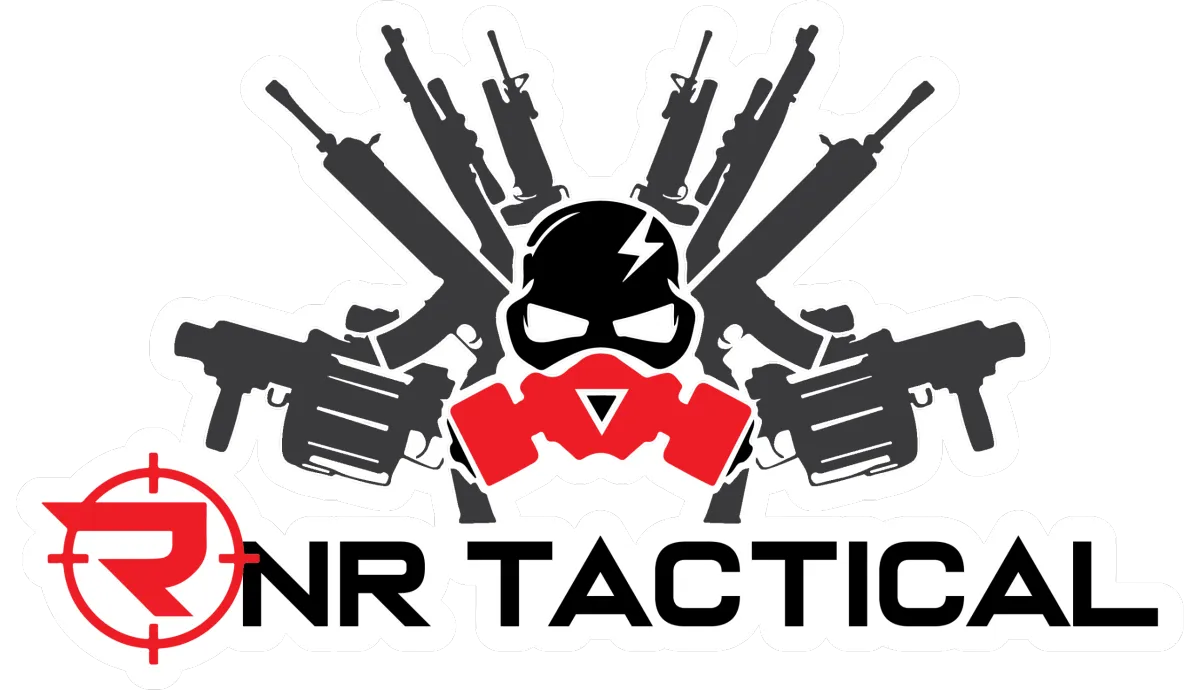
Facebook
Instagram
X
Youtube
Google Plus
Mail
Website